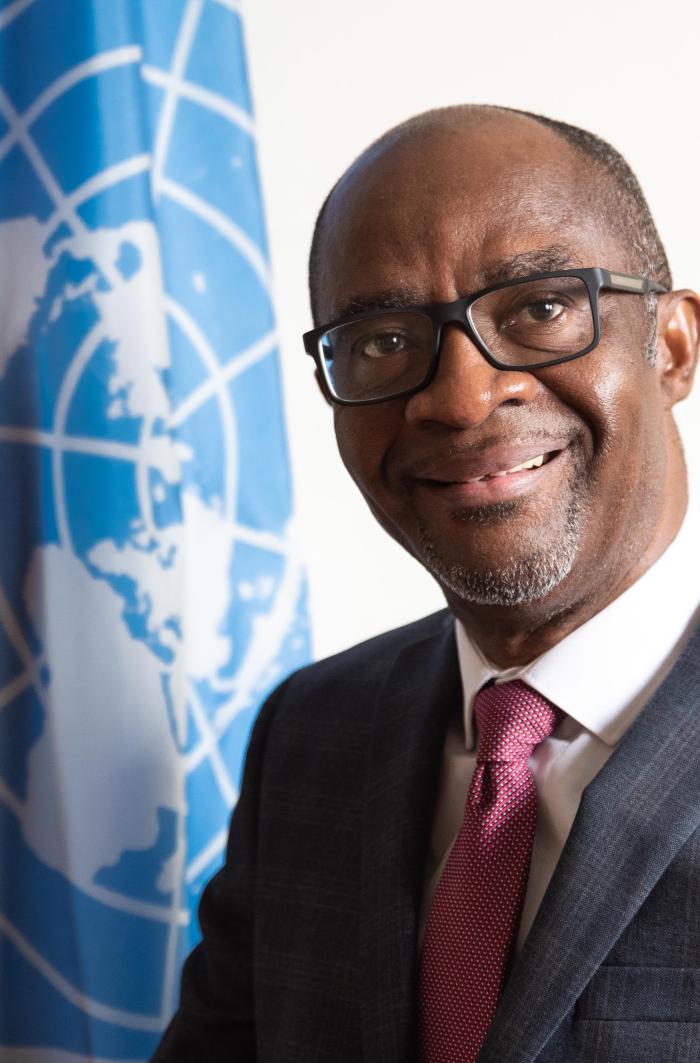Working with Community Groups, We Drive Progress in HIV Response in South Sudan
November 29, 2023

Since 1988, people around the globe have stood together every 01 December to observe World AIDS Day. We do this to show solidarity and support for people living with and affected by HIV and AIDS, and to remember those who lost their lives through complications resulting from AIDS. As a way to mobilise more collective action on HIV, in 2015 our global community set ending AIDS as a public health threat by 2030 as an important part of the Sustainable Development Goals (SDGs). This year’s World AIDS Day happens with just seven years remaining to achieve this commitment. At this time, we must ask ourselves not if we will fulfil it but how, as we have no other option.
While in recent years progress has been made in global health, expanding access to HIV treatment which has cut global AIDS-related deaths by 52 per cent since 2010, a lot more remains to be done.
Globally, 39 million people are living with HIV and AIDS, out of which only 29.8 million are receiving the life-saving anti-retroviral therapy (ART). The greatest gaps remain here in Africa. In 2022 alone, 1.3 million people contracted HIV worldwide, compared to 1.5 million in 2021. The 2022 new infections include 210,000 adolescent girls and young women – aged 15–24 years – and 4,000 adolescent girls and young women who acquired HIV every week in Africa! A total of 630,000 persons, of which 84,000 are children, died of AIDS-related illnesses in 2022.
In South Sudan, an estimated 160,000 people are living with HIV (PLHIV), and 62,629 people are currently receiving HIV treatment with a prevalence rate of 1.9% in 2022, down from 2.3% in 2020 and 2.6% in 2021). By December 2022, it was estimated that 39% of all PLHIV knew their HIV status and that 32% were enrolled on ART.
On a positive note, new HIV infections decreased to 11,00 in 2022 from 17,000 in 2021. The annual rate of AIDS-related deaths also slightly decreased from 8,000 in 2021 to 7,600 in 2022.
This year’s World AIDS Day is an opportunity for a paradigm shift to elevate the response to HIV and AIDS to the scale and speed required, involve everyone that matters in the response especially community actors and PLHIV, as expressed in the theme for the 2023 World AIDS Day.
UNDP, in partnership with the Government, with funding from the Global Fund, supports national efforts to end HIV and TB, build resilient and sustainable health systems, strengthen preparedness and response to pandemics and public health emergencies. Through the procurement, storage and distribution of HIV, TB, COVID-19 medicines and laboratory reagents, we ensure access to HIV and TB services in over 200 hospitals and health facilities across the country.
Nothing about us without us
One of the main cornerstones of our success in the HIV response is our close collaboration with organizations of communities living with, at risk of, or affected by HIV such as the National Empowerment of Positive Women United (NEPWU), and South Sudan Network of People Living with HIV (SSNeP+). These are involved in grant writing and programme design and execution, bringing the maxim – nothing about us without us – to life.
These groups have been instrumental in fostering positive living, mobilizing for the uptake of HIV treatment and prevention services, including HIV counselling and testing, HIV screening for pregnant mothers, supporting PLHIV to stay on treatment and monitor the quality-of-service delivery. Under the auspices of NEPWU and SSNeP+, community groups such as mentor fathers and mothers, and community counsellors have promoted treatment adherence, provided continuous follow-up and psychosocial support to women enrolled for prevention of mother-to-child transmission which has helped them have HIV-free babies.
Owing to the self-disclosure promoted by community groups, getting positive HIV results is now received with hope for positive living, and not fear. Most importantly, community groups, have undertaken targeted outreach to key populations such as sex workers, truck drivers and boda-boda riders. Working with community groups is also cost-effective and has the added value of building local expertise and sustainability.
For communities to truly lead the response, they need support to overcome financial deficits, policy and regulatory hurdles and capacity constraints. More effort is also needed to boost their capacity in financial, programmatic and operational management, advocacy and resource mobilization.
Positioning community-led organizations to lead will add greater impetus to the HIV response towards ending AIDS by 2030.

 Locations
Locations